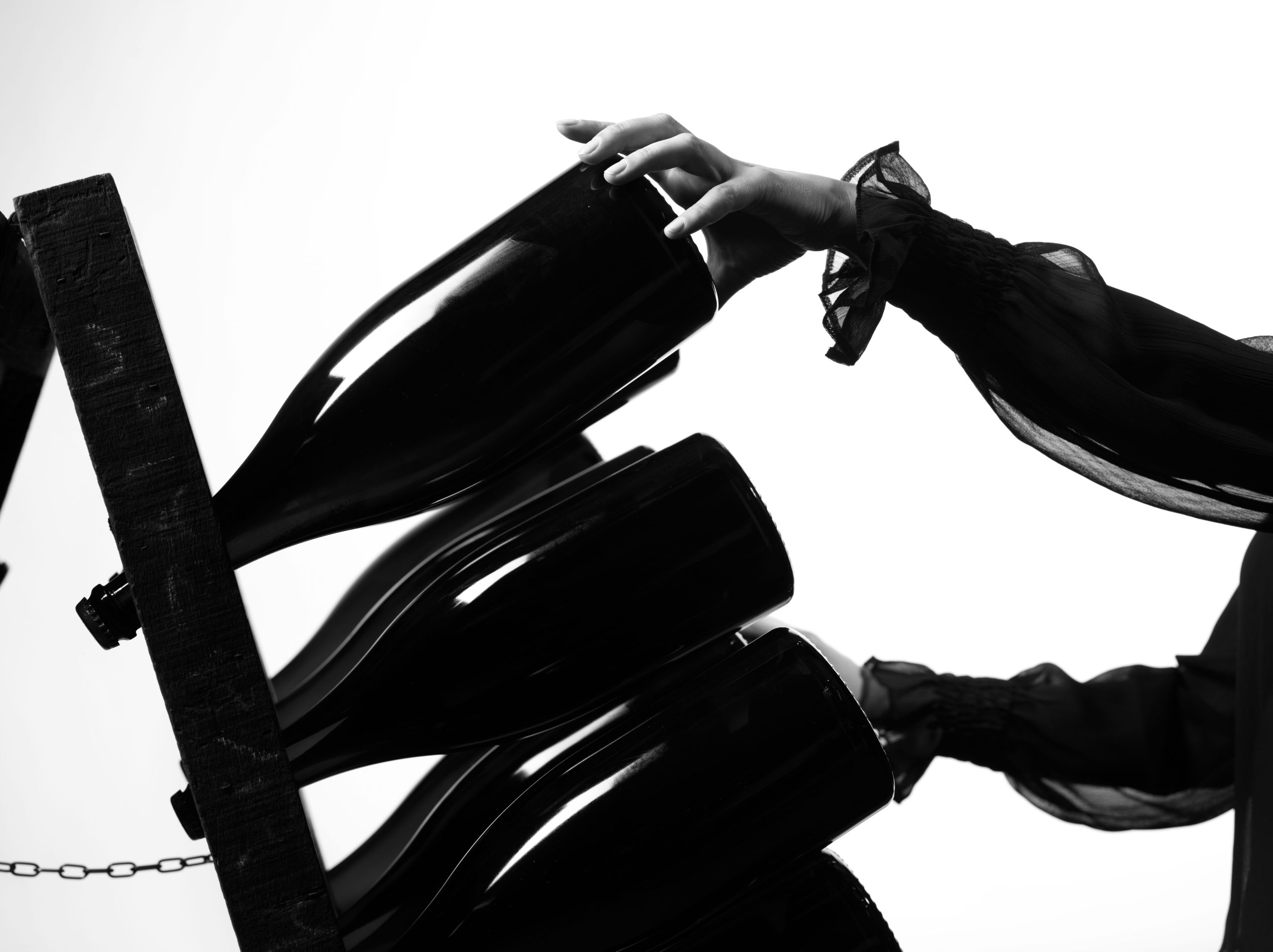Craft beer boom drives taste for high abv beer
The number of beers launched globally with an abv of 6.5% or over rose by 280% between 2011 and 2014, pointing toward a growing trend for high alcohol beers.
According to research by Mintel, almost a quarter of beers launched globally in 2014 had an abv of 6.5% or higher, 25% in 2013, up from just 15% in 2012, undoubtedly driven by the rise in craft beer.
The highest increase was in North America, where the launch of abv beers grew by 319% during this time, followed by Europe at 307%, Latin America by 260% and the Asia Pacific by a much lower 46%.
“More global beer drinkers now view high ABV as a key quality indicator, inspired by the success of craft beer in the US – and increasingly globally over the past two years”, said Jonny Forsyth, global drinks analyst at Mintel.
“While in certain countries, drinking strong beer has long been the cultural norm, they were previously the exception rather than the rule. The craft beer phenomenon has made high strength beer acceptable for consumers. And not just acceptable, but trendy and sophisticated. For example, in the highly influential US craft beer scene, the most popular style is the hop-heavy IPA which regularly uses a high ABV to ensure its flavour has extra bite. Imperial stouts and porters have also emerged as a popular craft beer style in the US and are usually hovering at around 10% abv.”
Between 2011 and 2014, North America saw the most beer launches with an ABV higher than 6.5% accounting for 46% of launches, followed by Europe which hosted 40% of launches.
In the UK, Mintel’s research indicated that consumers associate a higher ABV with a higher quality beer. Over two in five (44%) UK consumers who drink beer said they associated a higher percentage alcohol content with premium beer, with 10% listing this as the most important factor.
Partner Content
“This is particularly interesting in light of the recent government initiative which has seen major brewers voluntarily shed alcohol units from popular UK beer brands such as Stella Artois”, said Forsyth. “This has helped reduce the number of UK alcohol units across the country. Stronger craft beer has merely made beer more like wine, a lower volume drink to be sipped and savoured rather than gulped. However, while craft beer drinkers are likely to drink a lesser quantity of beer, the beverage remains primarily about refreshment and volume, particularly in the summer months”.
Despite a rise in product launches of higher ABV beer, the proportion of consumers preferring stronger beer has declined over the past two years in some markets. Between 2013 and 2015, France saw a 4% drop in the proportion of French consumers preferring beer with an ABV of over 5%, whilst there has been a 6% drop in Spain and 8% drop in Poland. This has been particularly prevalent among 18 to 24 year olds.
“This decline evidences that younger drinkers of this era are much more health-conscious than previous generations, and have been better educated on the dangers of binge drinking, hence their role in also driving non-alcoholic beer sales”, said Forsyth.
“If innovation does not give craft beer drinkers more options in terms of alcohol content, a backlash against the trend for higher-strength beers is inevitable. People want choices and for many consumers high ABV beers too quickly take them over the recommended drinking limit.”





It can be difficult to find a beer under 6.5% at many US bars and restaurants; one of my favorite places for good beer and food recently had only 1 tap handle, out of 30, with a beer under 8% – and many were closer to 10%. I’m all for something stronger for dessert, but wish people didn’t equate high ABV with quality; they are certainly not mutual bedfellows.